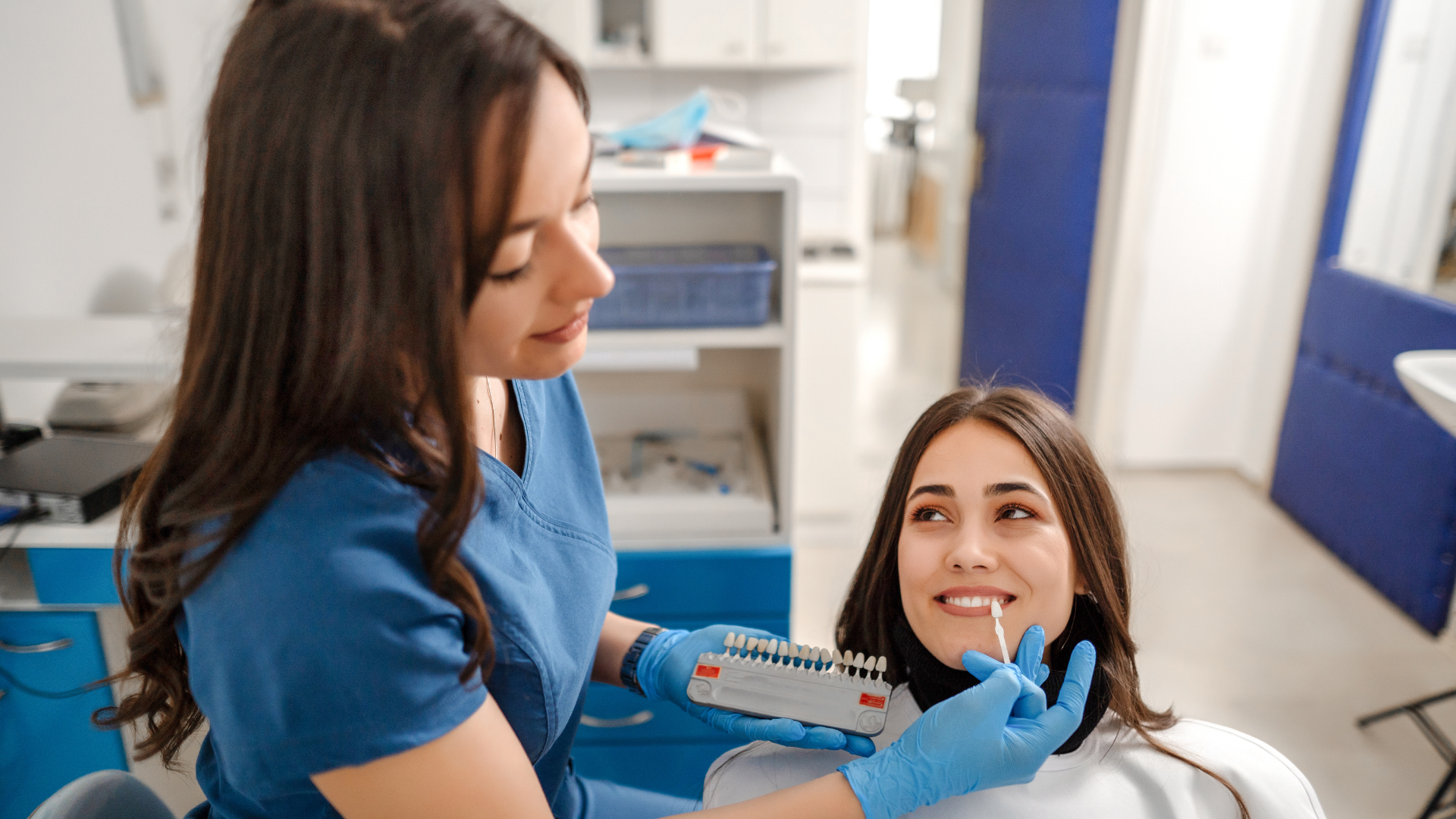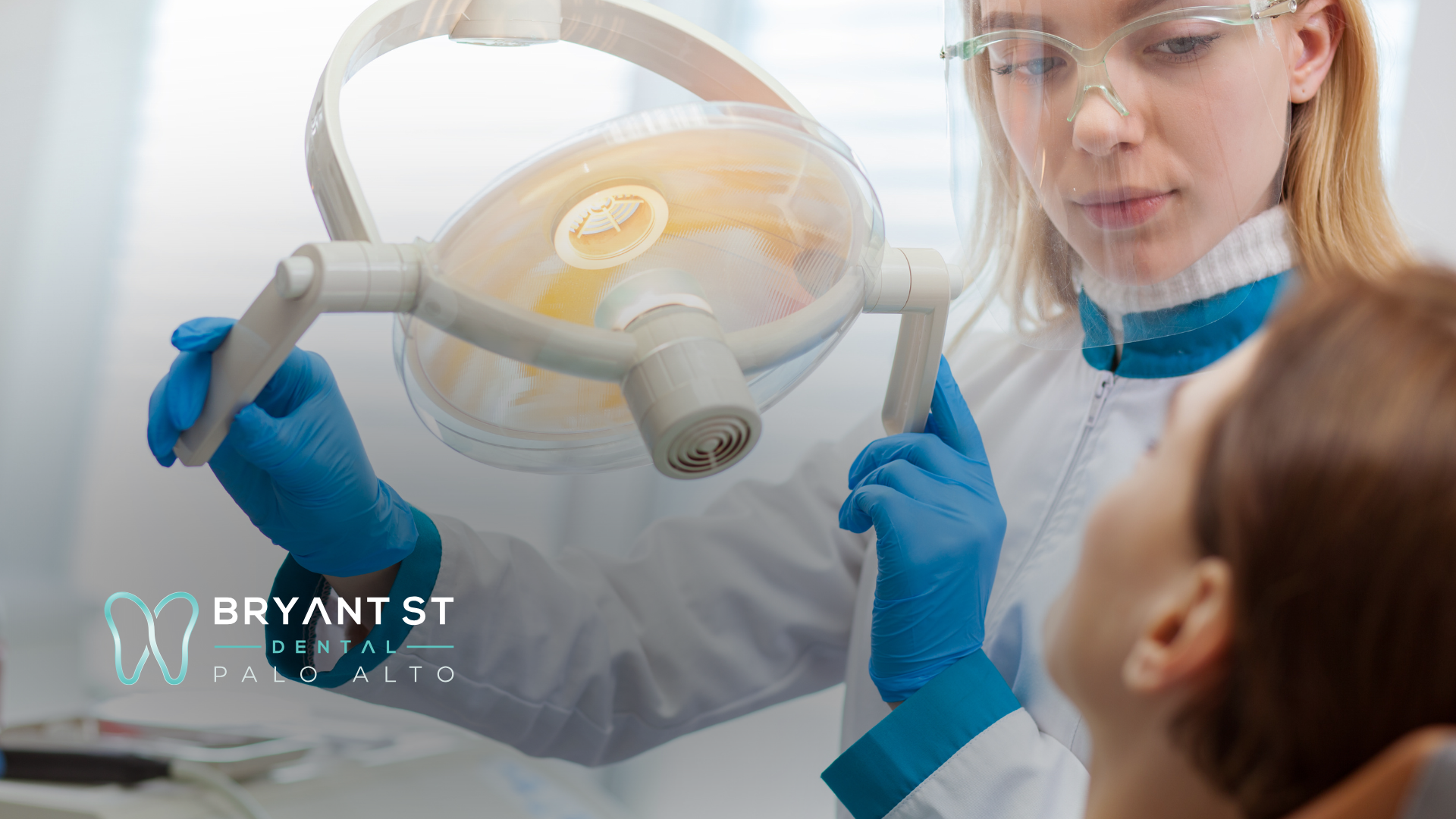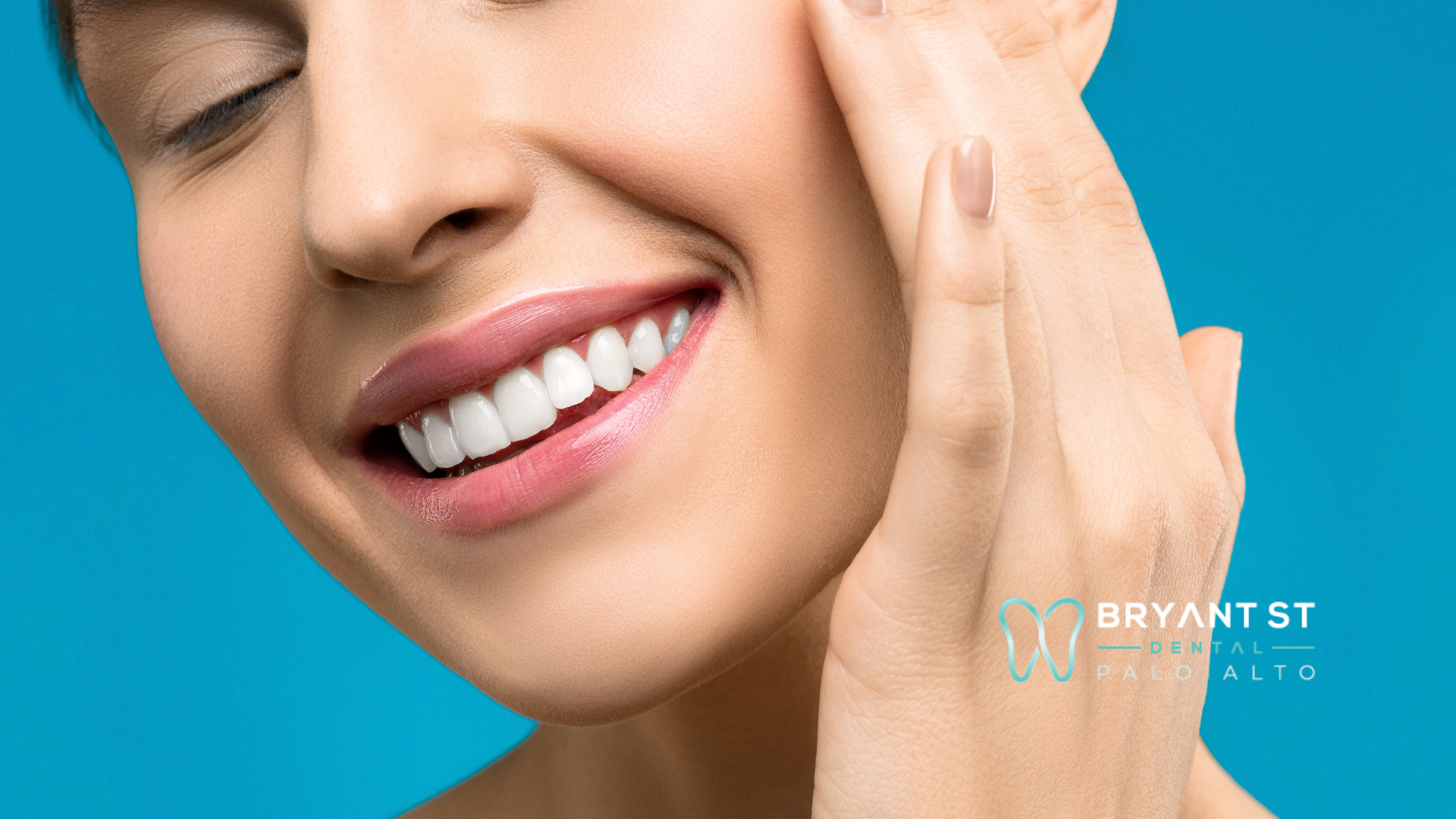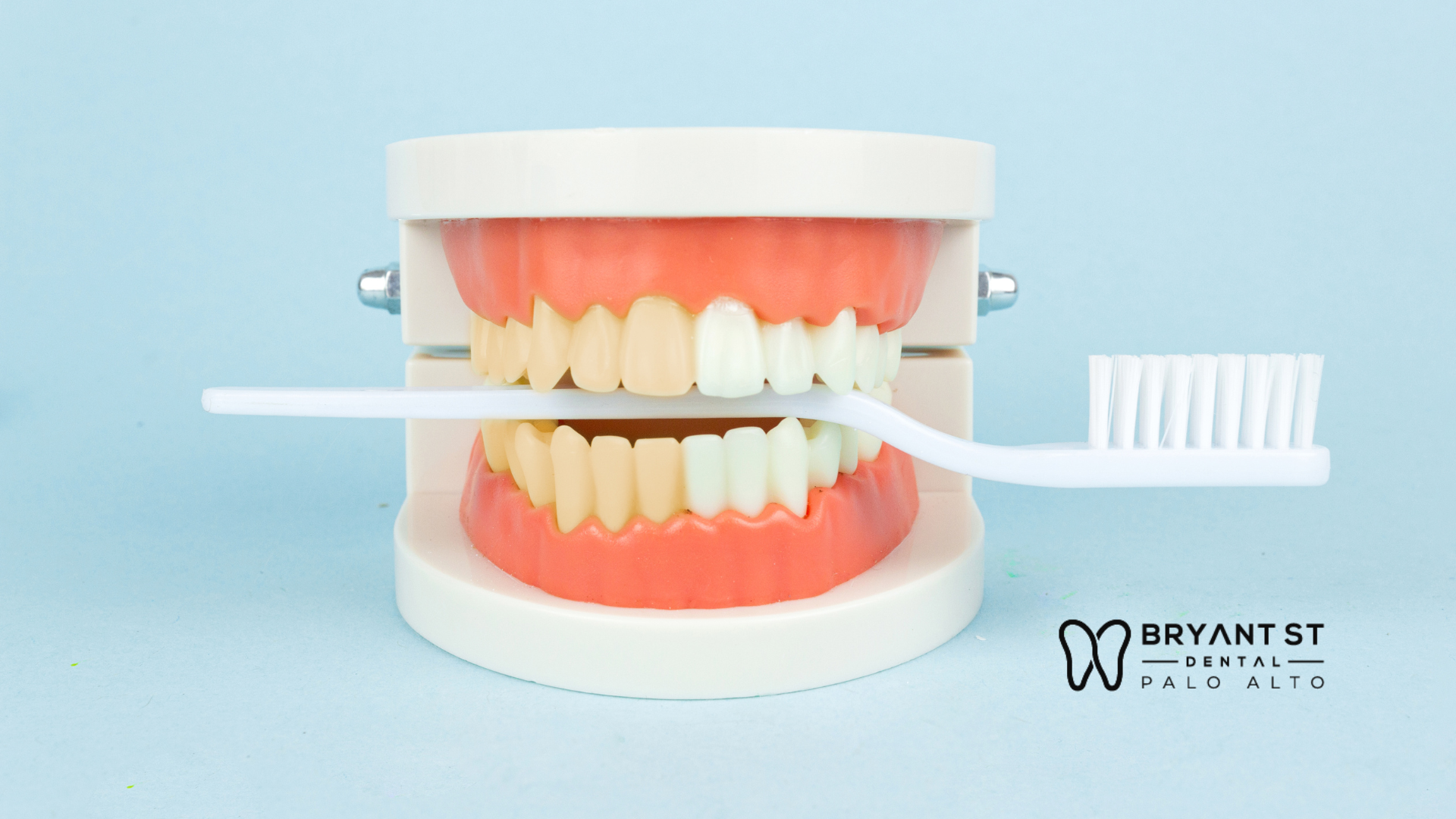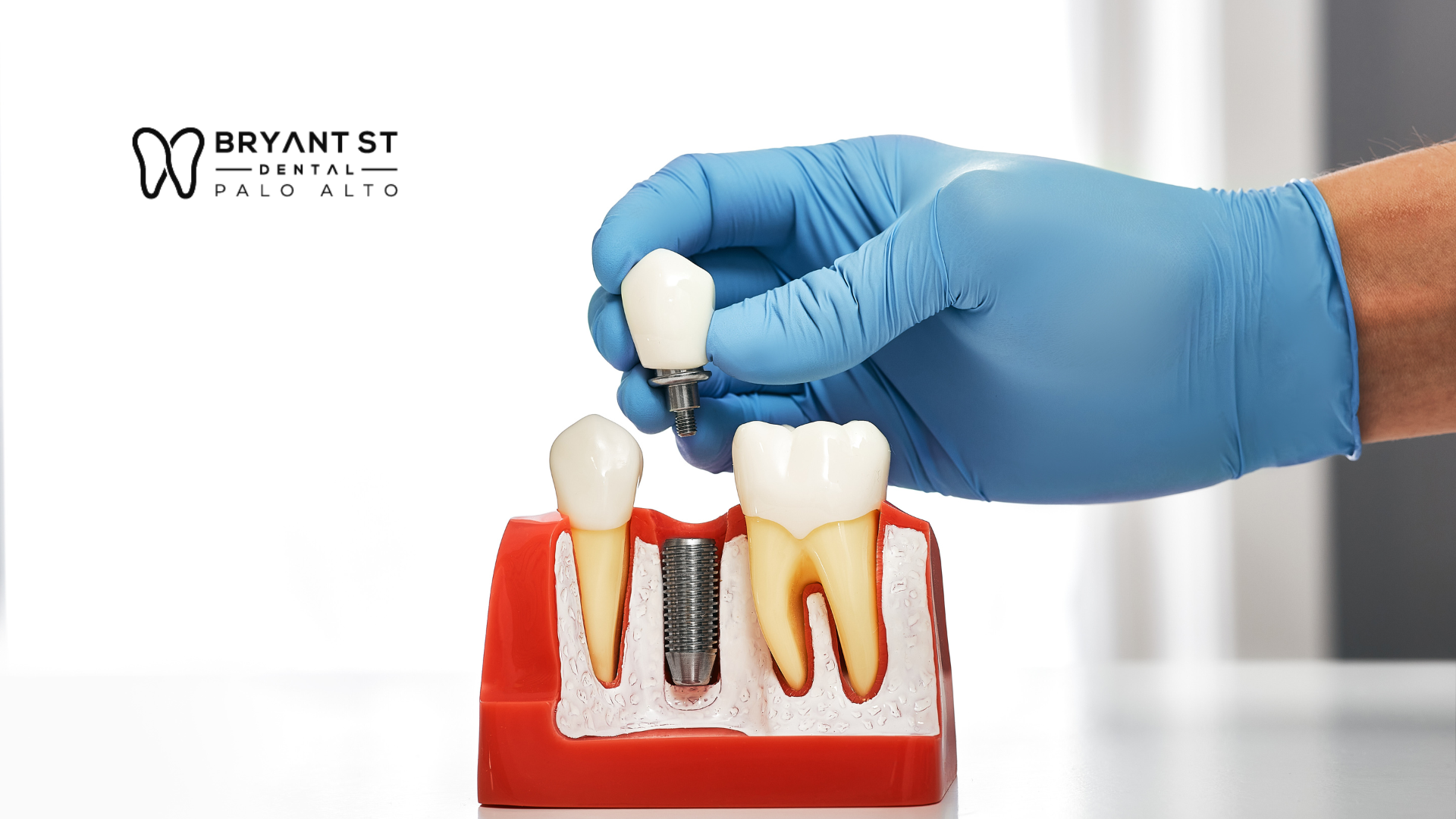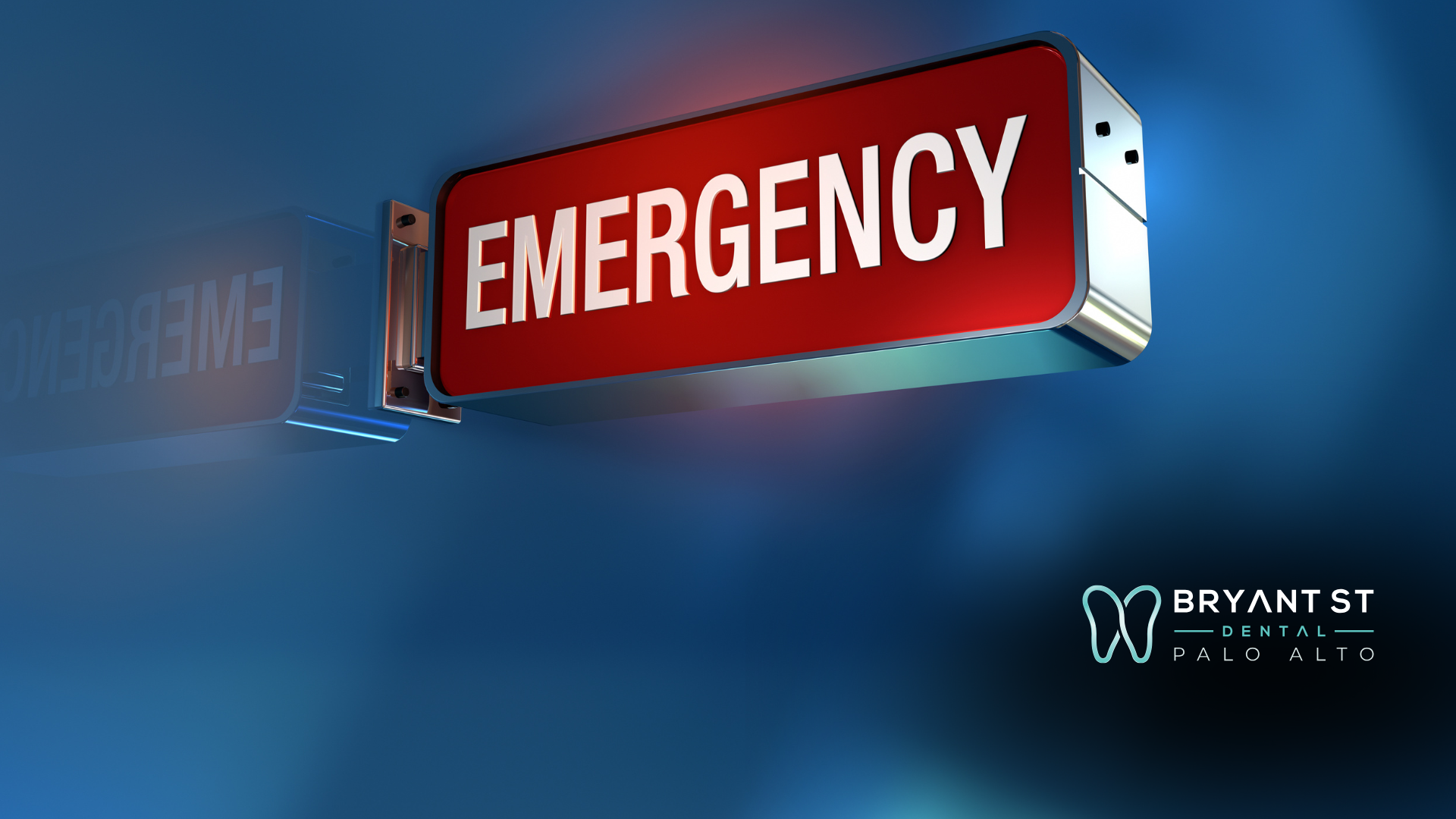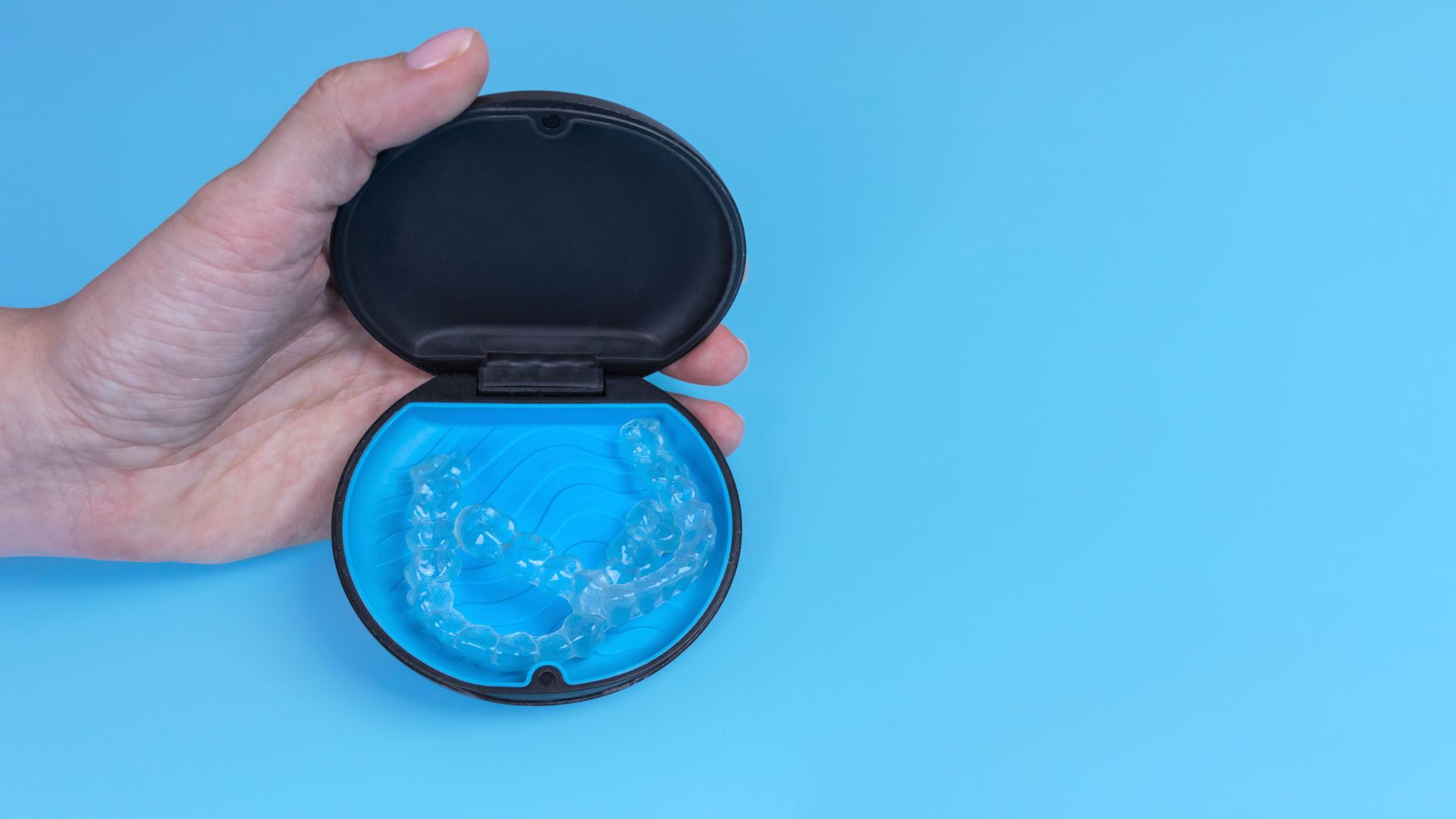Laser treatment for gum disease is a relatively new technology that is highly effective in treating gum disease. The procedure uses a beam of light to kill the bacteria (P. gingivitis) that cause gum disease.
It is a fast, painless procedure that can be done in the dentist's office. The treatment also helps to heal the gums and reduce inflammation.
This article will describe the seven benefits of laser treatment for gum disease.
1) Precise Treatment
The laser can be directed specifically at the infected areas, allowing for greater accuracy and less damage to healthy tissue. It is especially beneficial for people with delicate gums or who have had previous gum surgery.
The laser beam removes diseased tissue and bacteria from the gums, and it does so with pinpoint accuracy. This results in comparatively less discomfort for the patient and a quicker, more seamless recovery.
2) Less Invasive
Laser gum procedure is far less invasive than traditional surgery. The laser seals the blood vessels and nerve endings around the teeth, which reduces bleeding, swelling, and pain. There is also less postoperative discomfort, and patients can usually resume their normal activities within a few days. Lasers also kill bacteria more effectively than traditional methods, so patients have a lower risk of developing an infection.
3) Reduced Recovery Time
If you're one among the people who dread the sound of the dentist's drill, laser gum treatment is your best bet. With this treatment, no drilling or cutting is involved — it's all done with a laser. This means that there is very little recovery time needed, and you can return to your normal routine quickly.
Because there is no drilling/cutting involved, there is also very little risk of infection. The laser also helps kill any bacteria that may be present in the gums, which can help to reduce inflammation and promote healing.
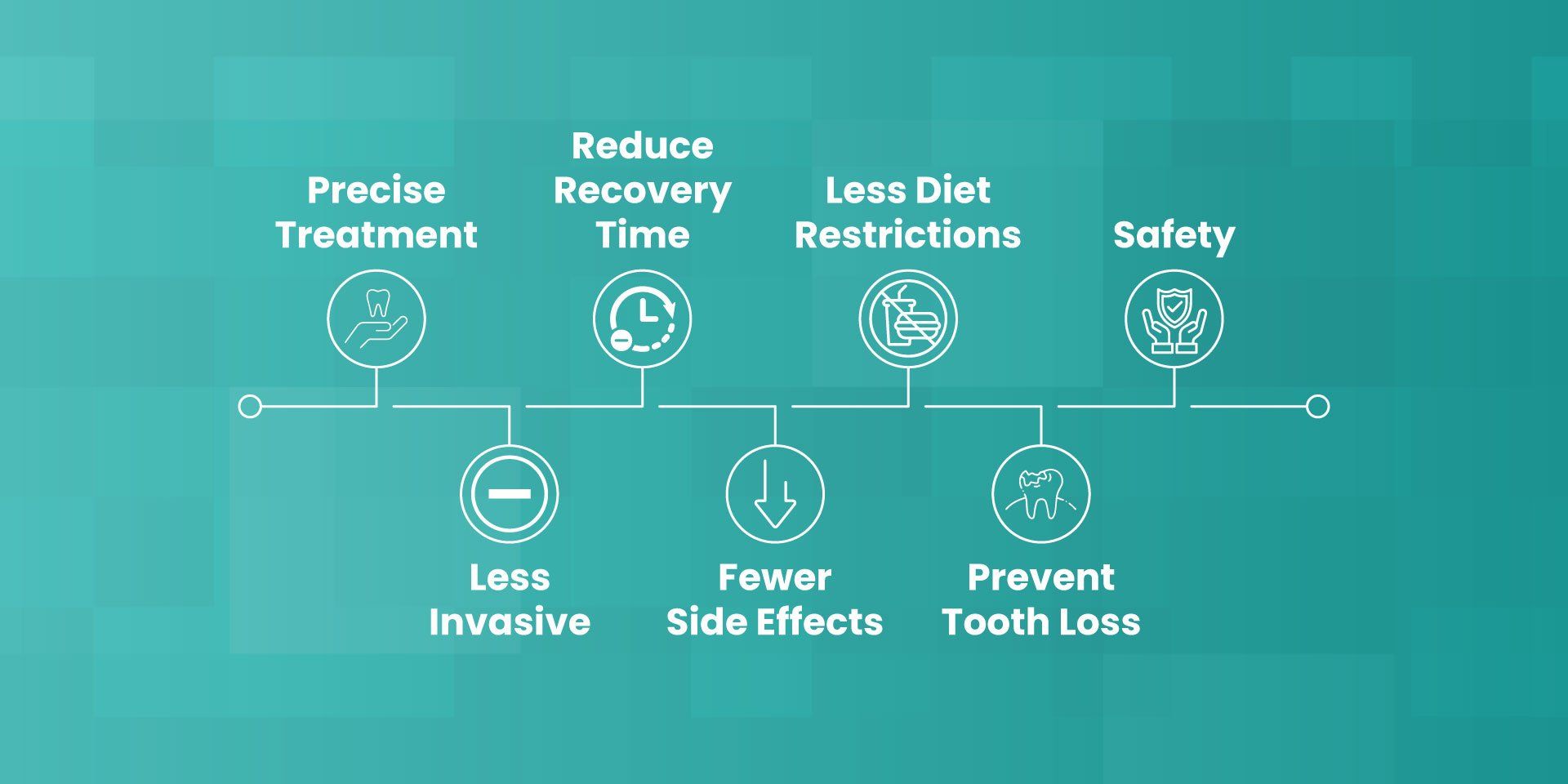
4) Fewer Side Effects
This treatment has fewer side effects than traditional treatments, such as surgery. Patients who have undergone laser gum treatment report less bleeding and swelling than those who have received traditional treatment. Also, laser gum treatment causes less pain and discomfort than traditional methods.
This is because, with the use of lasers, surgeons are able to precisely remove the diseased tissue without incurring damage to the healthy tissue around it. This is achieved because of the size of the laser, which is just the size of three human hairs.
This results in less pain and swelling for the patient and a faster recovery time.
5) Less Diet Restrictions
Unlike traditional gum surgery, laser treatment does not require severe diet restrictions. This means you can continue to eat your favorite foods* without worrying about how they will impact your recovery. Since the treatment is minimally invasive, there is minimal healing time, and patients can usually return to their normal activities very quickly.
Some foods that you should avoid after gum disease surgery:
• Nuts
• Acidic food
• Excessively hot beverages
• Extremely spicy food
6) Prevents Tooth Loss
By using a laser to target and remove the plaque and bacteria that cause gum disease, the treatment helps keep the gums healthy and strong, minimizing the risk of tooth loss. Studies have shown that laser gum treatment effectively prevents tooth loss in people with periodontal disease as the laser destroys the pathogens responsible for gum disease.
7) Safety
Laser gum treatment is much safer, as there is no need for scalpels or anesthesia. Lasers emit a very focused, intense beam of energy that can be used to target and remove diseased tissue. It is much more precise, allowing the dentist to target only the affected areas. Hence it is much less invasive.
Things to consider before undergoing laser gum treatment
• Check with your Palo Alto dentist whether you are a good candidate for the procedure. Laser gum surgery is not recommended for everyone.
• You should also be in good overall health, have healthy teeth and gums, and be willing to commit to good oral hygiene habits following the surgery.
• The cost of the procedure.
A few questions to ask your Palo Alto dentist before undergoing the procedure
• Are there any risks associated with the laser gum treatment?
• How much will the laser gum treatment cost?
• What is the expected recovery time?

